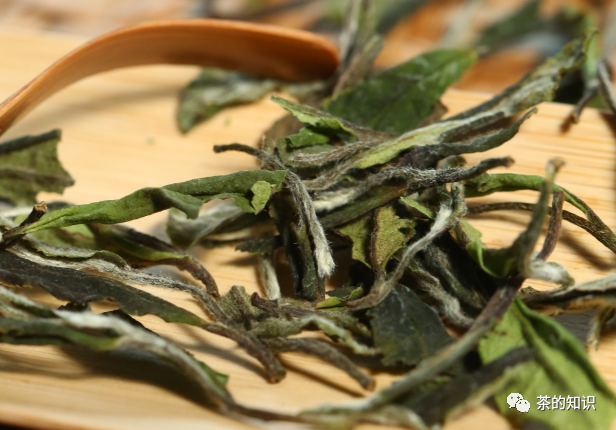As the most naturally processed type of tea, white tea does not possess the prominent characteristics of other teas, with a taste primarily known for its sweetness. Are you familiar with appreciating white tea? Today, we will share what makes a good cup of white tea and why its taste is often described as sweet. Many who have tasted white tea remember it for its sweetness. Whether it’s the ‘fresh sweetness’ of new white tea or the ‘sweet and moist’ quality of aged white tea, these flavors are unforgettable. The variety, amount, and proportion of taste components in white tea can significantly affect the flavor of the tea soup.
1. Amino Acids in White Tea: During the withering process of white tea, as enzyme activity increases, proteins in the tea leaves hydrolyze, producing amino acids that contribute to the umami and sweet taste. The content of amino acids tends to increase, with the total amount in white tea being 2-3 times that of other teas. Amino acids greatly influence white tea by enhancing the aroma, improving the color of the dry tea leaves, and positively affecting the color of the tea soup. Particularly, amino acids are a crucial component for the freshness and pleasant taste of white tea soup.
Bai Mudan, known for its sweet and mellow taste, is a type of white tea that is appreciated for its pure and fresh aroma, with a hint of downy fragrance. The taste is rich and sweet, and the tea soup has a viscous texture. With buds and leaves, Bai Mudan offers a fuller flavor and a richer variety of changes. Different processing techniques bring forth a range of flavors, including floral and fruity scents. White tea also has distinct regional characteristics. In the towns of Fuding, where white tea is produced, factors such as altitude and the surrounding ecological environment, along with varying processing techniques, mean that the taste of Bai Mudan has endless possibilities.
Shou Mei, with its delicate and sweet taste, is valued for its sweetness. The combination of older leaves and tea stems makes the tea soup sweeter. However, compared to Yin Zhen and Bai Mudan, Shou Mei’s tea soup is slightly more moderate. The natural processing of white tea allows it to be stored for a long time, fermenting and changing over time. If you prefer a fresh and crisp taste, it is best to drink Yin Zhen and Bai Mudan sooner. Shou Mei is suitable for long-term storage, and its flavor becomes more aromatic and rich.


